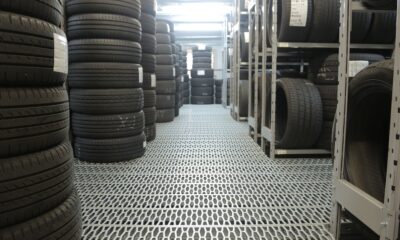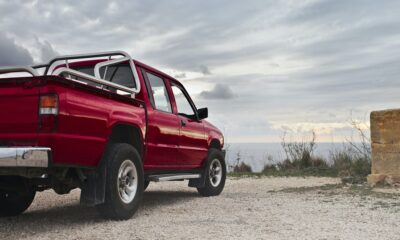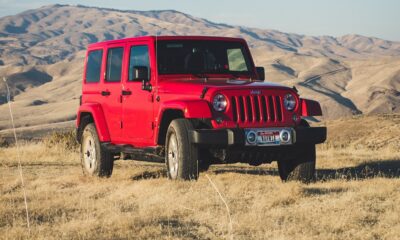Buyers Guide
Features That Matter for SUVs

Buying an SUV can be a challenging process. With many options in the market, finding what will best meet your needs takes time. We’ve run down the top features and specs that are important when considering an SUV purchase, so all you have to do is decide which model is suitable for your lifestyle! We’re here to help with this handy guide.
The General Definition of an SUV
SUV stands for Sports Utility Vehicle. And that’s as general as the definition gets. In its early days, SUVs were defined by their high ride height, elevated seating position, tall roof, and cargo area. Today, SUVs are more diverse than ever; some are compact, others have a shorter top for a more sporty style, and others are simply wagons with lifted suspensions.
Five Things to Look for Buying an SUV
– Driving
Driving an SUV will be very different from driving a regular car. The car’s handling may be laborious due to its larger dimensions and higher ride. Under hard acceleration and braking, look for squat or dive. Although it will take a little while to get used to it, you shouldn’t expect an SUV to drive like a car.
– Visibility
The elevated seating position may also influence your interest in an SUV. As you take a commanding view of the road ahead, ensure you can see everything around the car. The window line can conceal low-riding cars or obstruct visibility when maneuvering in tight spaces, depending on the styling of the SUV and the size of its windows.
– Cabin convenience
Most likely, you’re looking for an SUV to accommodate family and friends. So don’t just test out the driver’s seat. Test out seats in each row to see how you fit and how easy or difficult it is to get in and out. Look for air vents, USB ports, and other features that keep rear passengers comfortable.
– Cargo space
Your SUV might be intended for specific use. You may want to transport camping equipment, office supplies, or pets. Fold and arrange the seats to get a sense of the interior cargo space. Examine the center console and underfloor areas for additional storage as well.
– Parking
An SUV could be a significant upgrade over your current vehicle. If it’s bigger than you’re used to, consider where and how you’ll park. Is it too tall for a garage? Is it so long that parallel parking would be impossible? Take the vehicle’s dimensions into consideration, as well as any additional features you might want, like roof racks or bicycle carriers.
Finally, Four-Wheel Drive or All-Wheel Drive?
A common reason why people choose SUVs is that they can increase traction by using all four wheels. There are two ways to do it: all-wheel drive (AWD) or four-wheel drive (4WD). Although both systems have the same effect (sending power to all four wheels), they serve different purposes and provide various benefits.
Generally, 4WD is stronger and better for off-road driving. The fact that it is frequently accompanied by low-range crawl gears and traction-enhancing differential locks supports this purpose. Some SUVs require you to engage 4WD manually.
On the other hand, AWD is intended to improve traction in more common driving situations. AWD automatically engages when driving on wet roads or reducing acceleration wheelspin. Some systems restrict the power sent to a specific wheel, making AWD less capable off-road.
-

 Accessories & Financing2 years ago
Accessories & Financing2 years agoThings To Check Before You Rent A Car
-

 Accessories & Financing2 years ago
Accessories & Financing2 years agoWhy is Car Insurance Important?
-

 Accessories & Financing2 years ago
Accessories & Financing2 years agoTips to Get Your Tires to Last Long
-

 Buyers Guide2 years ago
Buyers Guide2 years ago6 Things to Consider When Purchasing a Truck
-

 Buyers Guide2 years ago
Buyers Guide2 years agoAll You Need to Know About Buying a Truck
-

 Buyers Guide2 years ago
Buyers Guide2 years agoLuxury SUV and Sedans: What To Know
-

 Accessories & Financing2 years ago
Accessories & Financing2 years agoHow To Get An Auto Loan With Poor Credit
-

 Accessories & Financing2 years ago
Accessories & Financing2 years agoA Beginner’s Guide to Auto Financing


